The purpose of Teledermatology in Rural Georgia is to provide telemedicine (teledermatoscopy / teledermatology) and distance learning approaches to help solve the dermatologic health disparities that Georgians living in rural areas face.
Diagnostics: We will provide your clinic with a MoleScope II™ dermatoscope attached to an iPhone that will allow you to take dermatologic photographs of skin lesions of your patients with high magnification and resolution. We will provide the software to enable you to instantaneously transmit the photograph to expert dermatologists at Augusta University in a process that is akin to sending a text message. Our AU Dermatology Team will make a rapid, expert diagnosis of the lesion and return the diagnosis and management recommendations/referrals to you within, in most instances, 20-60 min. You can then relay this information to your patient. Of course, we will provide training to you and your staff on how to use the dermatoscope and the associated software.
Education: We will also provide dermatology education for you and your clinic staff (as well as your patients) using several approaches. We will provide an electronic library of training videos on general dermatology, skin lesions, and dermoscopy for your staff, as well as learning modules for your patients and the community (e.g., about skin cancer prevention and skin care, other common cancers, and cancer-related topics, including risk factors). These videos can be accessed by individuals on their own electronic devices or in a group setting (at your clinic) using large monitors that we will provide from this grant project. These videos are eligible for Continuing Medical Education (CME) and Continuing Nursing Education (CNE) credit through Augusta University. We also will organize case review conferences, called TeleECHO TeleDerm sessions, using the Project ECHO model (see below) where you and your colleagues from the other clinics will submit cases for more detailed discussion with our expert dermatologists to better understand the diagnosis and differentiation from other possible diagnoses, review management recommendations and answer other questions or comments you may want addressed. CME and CNE credit will also be awarded for participation in TeleECHO TeleDerm sessions.
Continuing Medical Education (CME) / Continuing Nursing Education (CNE)
The Georgia Cancer Center’s Teledermatology in Rural Georgia program arranges CME/CNE credit through MCG’s Office for Faculty & Continuous Professional Development at no cost. You can earn CME/CNE credits by watching the training videos below on your own schedule and/or by attending live TeleECHO® TeleDerm Sessions (see Project ECHO section below). Click here for instructions for how to register for an MCG CME account.
Instructions on how to register for an MCG CME account.
Accreditation Statement:
The Medical College of Georgia has been reviewed by the Accreditation Council for Continuing Medical Education (ACCME®) and awarded accreditation with commendation as a provider of continuing medical education (CME) for physicians. Accreditation in the ACCME System seeks to assure the medical community and the public that Augusta University delivers education that is relevant to clinicians’ needs, evidence-based, evaluated for its effectiveness, and independent of commercial influence.
Augusta University Medical Center is approved as a provider of nursing continuing professional development by South Carolina Nurses Association, an accredited approver by the American Nurses Credentialing Center’s Commission on Accreditation.
Georgia Cancer Center
Health Sciences Campus
Georgia Cancer Center - M. Bert Storey Research Building
(706) 721-0570
These videos provide a basic understanding of the skin and how dermatoscopes can help with the diagnosis of common skin neoplasms. They cover the structure and function of the skin, benign and malignant neoplasms, and the basic principles of dermoscopy.
To earn CME/CNE credit, click on the "Take CME/CNE Course" button below each lecture title, which will take you to the CME/CNE page where you can take the pre-test, watch the video, and take the post-test. If you do not want, or need, CME/CNE credit, then click on the "Watch Video" button below.
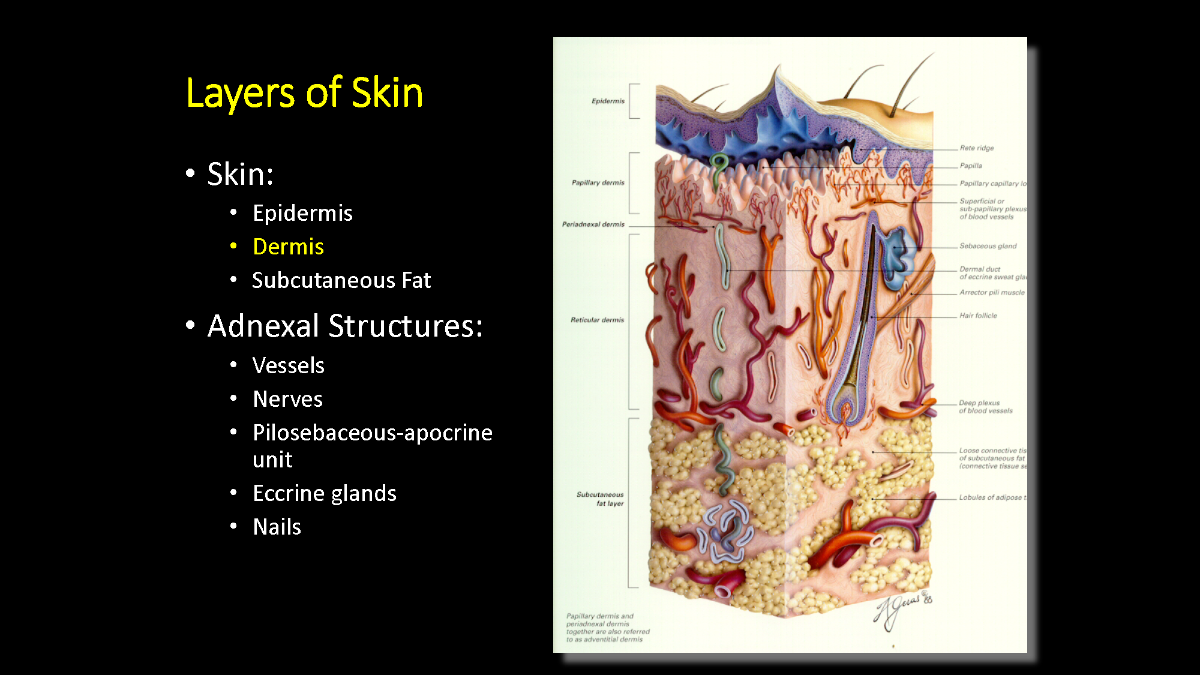
Structure and Function of the Skin
Learn about the basic anatomy and function of the skin
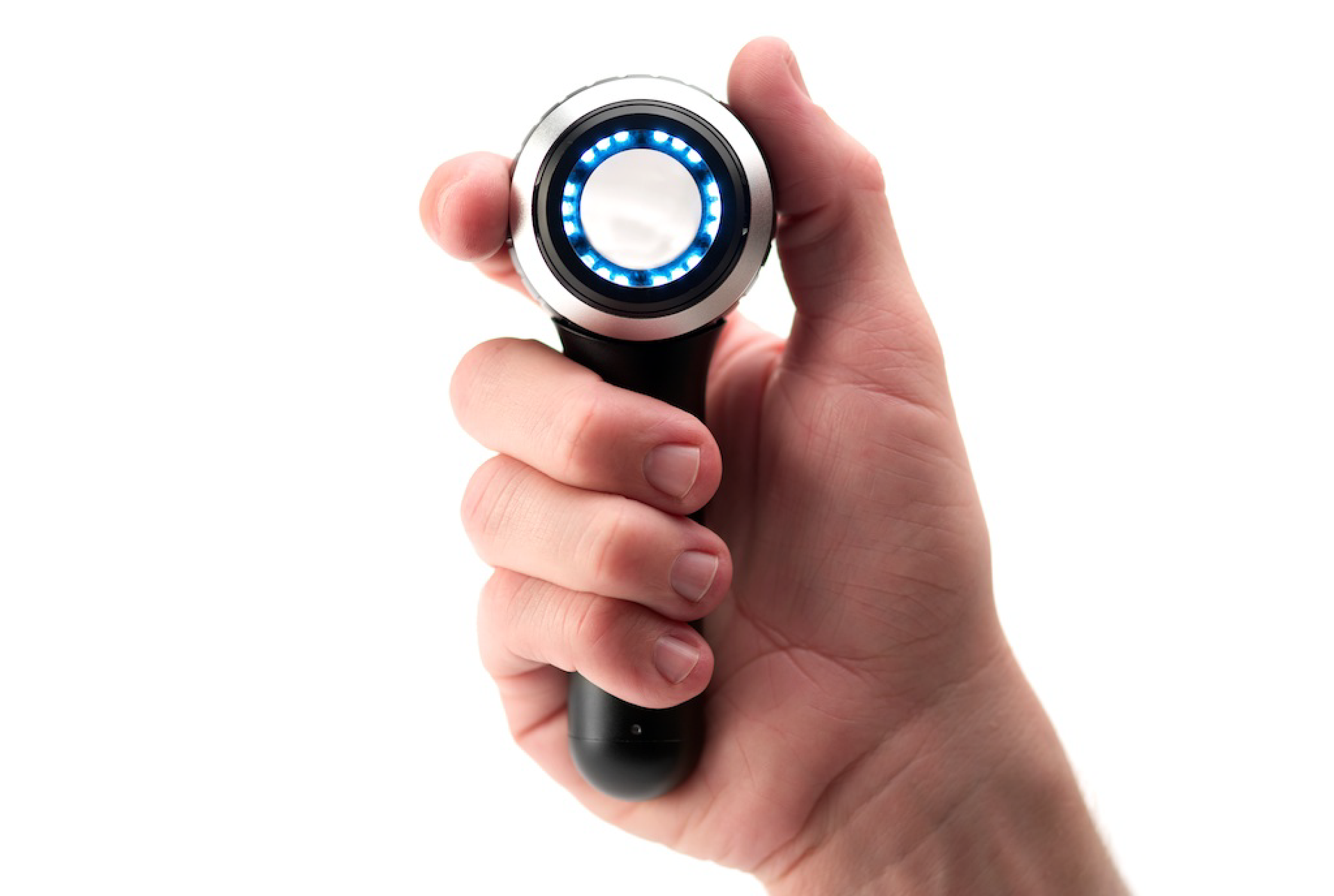
Introduction to Dermoscopy
Learn about dermatoscopes and how they work
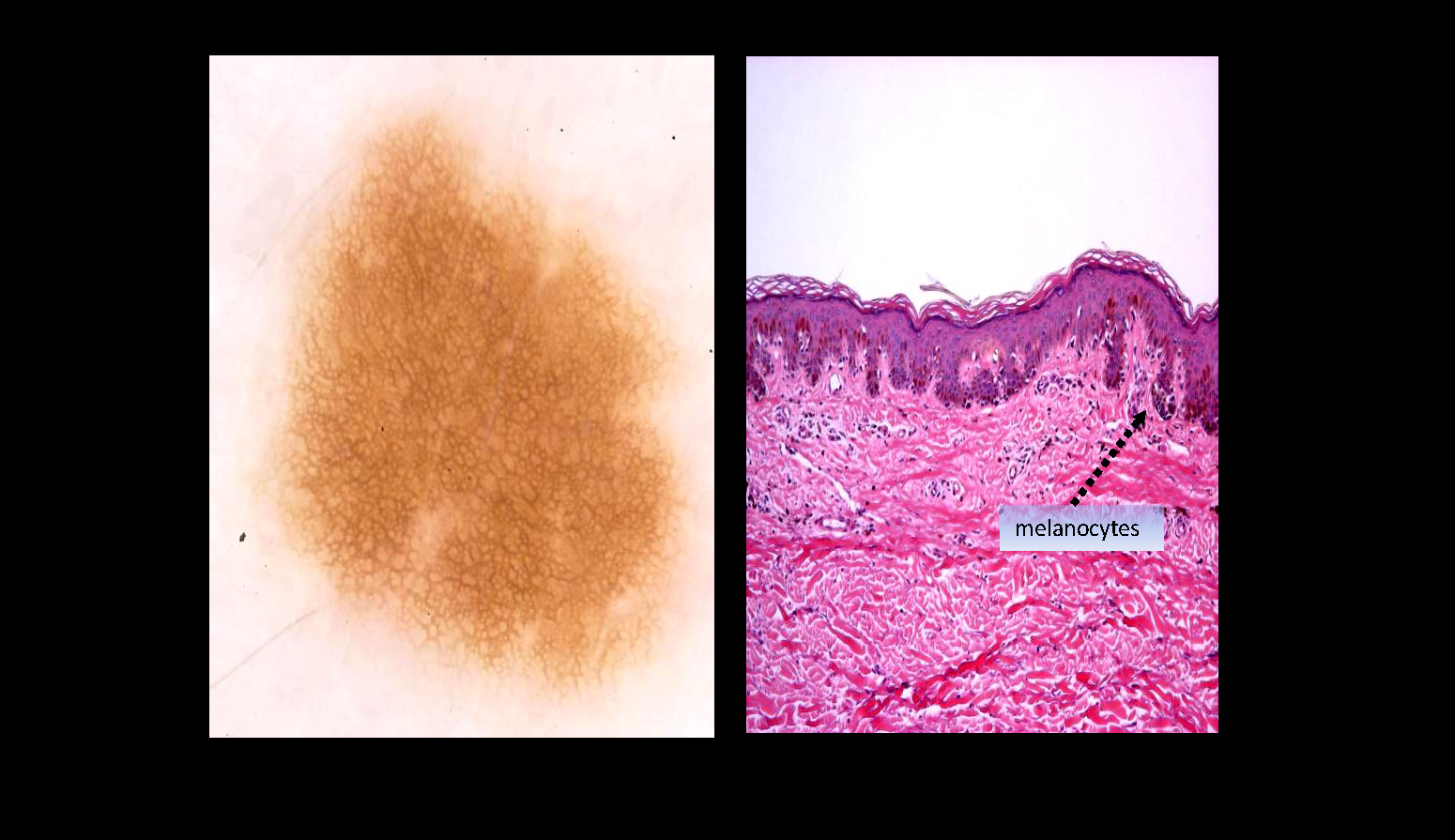
Fundamentals of Dermoscopy: Terminology
Learn about the basic anatomy and function of the skin
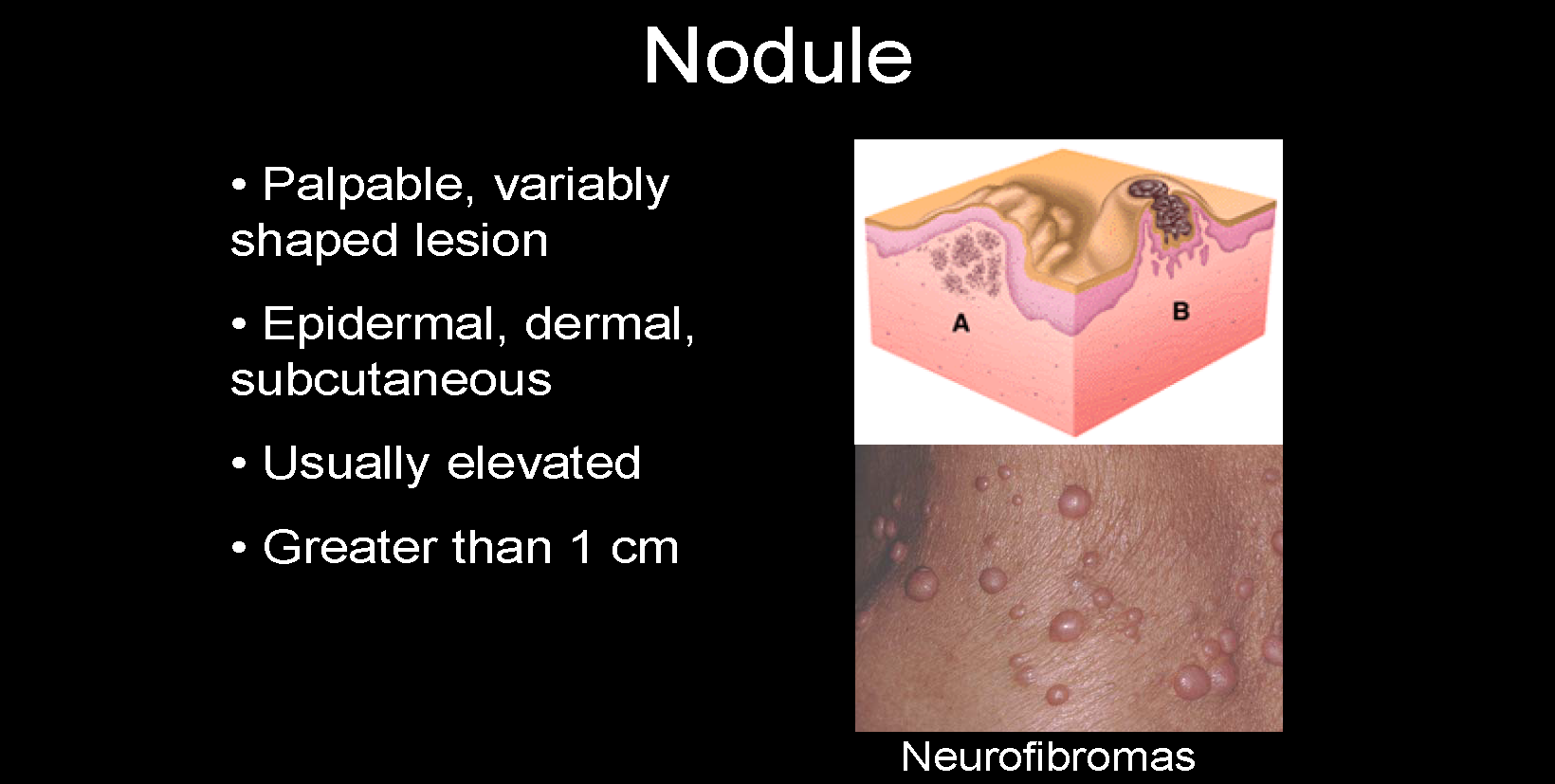
Benign Neoplasms of the Skin
Learn about common benign skin neoplasms, such as seborrheic keratoses and benign melanoctyic nevi
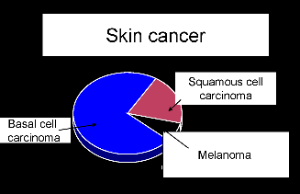
Malignant Neoplasms of the Skin
Learn about common malignant skin neoplasms, such as melanoma, basal cell carcinoma, and squamous cell carcinoma
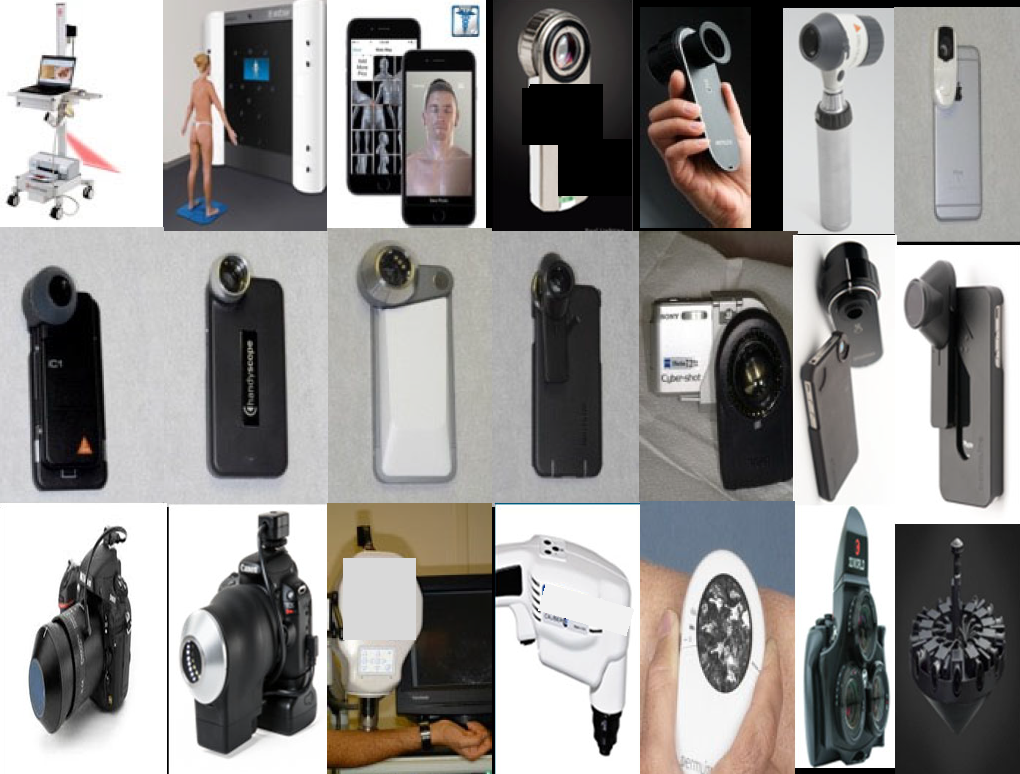
Diagnosis of Melanocytic and Non-Melanocytic Neoplasms
Learn how various imaging devices and technologies can be used to diagnose skin neoplasms.
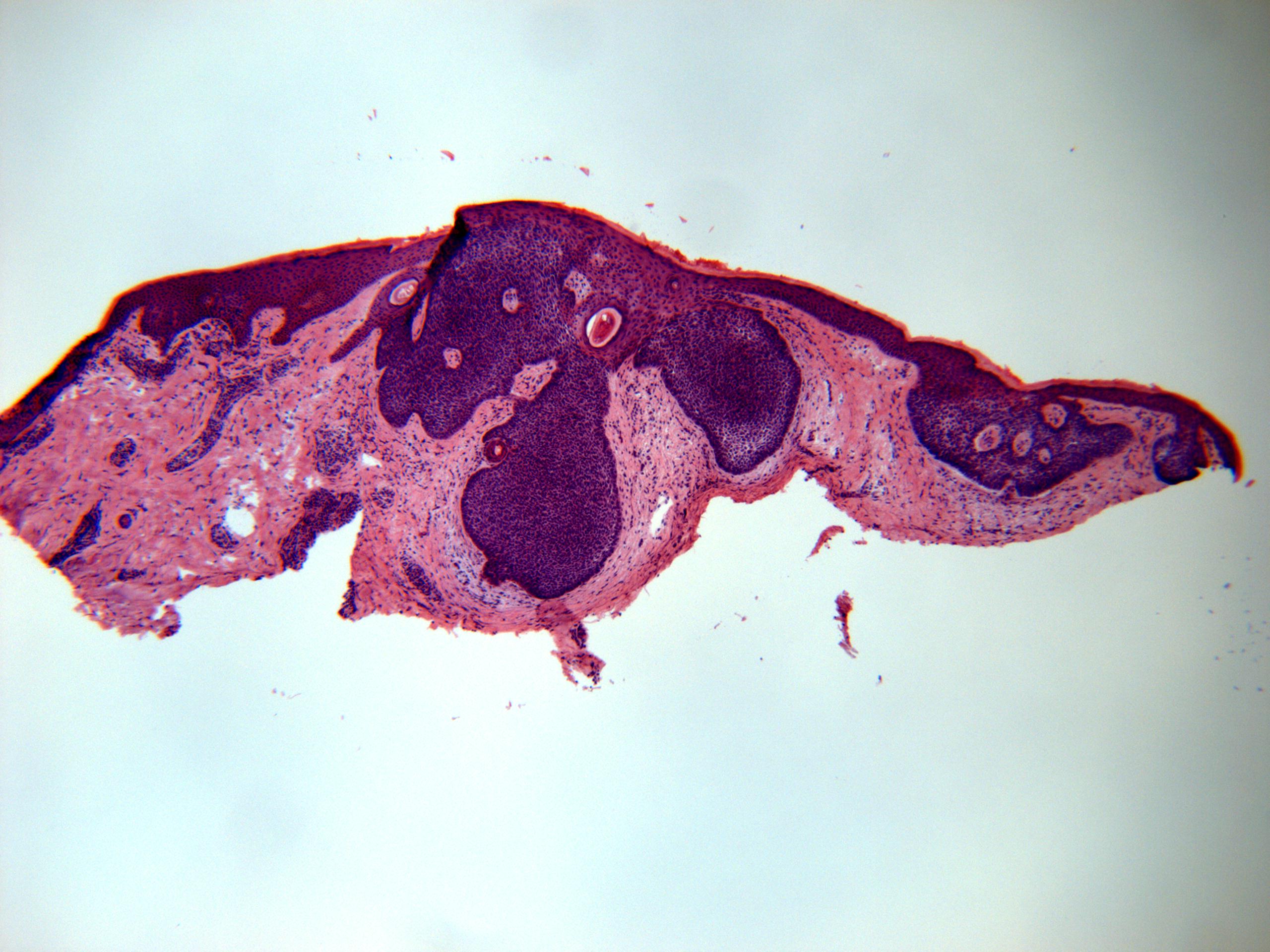
Treatment of Basal Cell Carcinoma
How to treat basal cell carcinoma surgically (including Moh’s surgery) and non-surgically (including pharmacologicals and radiation therapy)
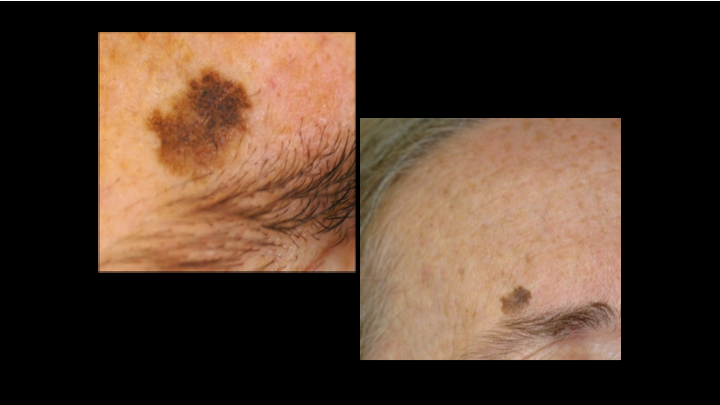
Clinical Evaluation of a Dermatology Patient
Learn how to clinically evaluate and diagnose your patient’s dermatological lesions
Teledermatology in Rural Georgia is proud to participate in the global learning community known as Project ECHO (Extension for Community Healthcare Outcomes). This model, which was developed in New Mexico in 2003 for treating Hepatitis C and other liver disorders, incorporates telecommunications to connect medical experts with healthcare providers in rural, remote communities, which is precisely the goal of Teledermatology in Rural Georgia. Project ECHO employs a Hub-and-Spoke model of learning, where the Hub consists of regional subject matter experts and the Spokes are the community partner sites. Learning occurs via telecommunication between the Spokes and the Hub and the Spokes with each other.
The Georgia Cancer Center is partnering with the ECHO Institute of the University of New Mexico to provide learning and training to the healthcare professionals at our Teledermatology clinic sites via videoconferencing, using equipment provided by our USDA Distance Learning and Telemedicine grant award. Interactive, didactic presentations on various aspects of dermatological lesions will be provided by our dermatology experts at Augusta University (Drs. Harold Rabinovitz, Kendall Buchanan, Etsubdenk Ajebo, and Loretta Davis) using the Zoom platform. TeleECHO TeleDerm sessions will be held once a month using the classic ECHO format: a 15-min didactic presentation and two case studies chosen and presented by the healthcare providers in the clinics. Cases will be chosen for their educational content, complicated presentation, or any other reason of interest. The cases will be discussed by the group of clinicians and the AU experts. This type of presentation embodies the Project ECHO principals of interactive learning communities, case-based learning, and democratization of knowledge. Our technology allows for live, real-time audio and video exchange between clinicians at the Augusta University Hub and all participating clinics (the Spokes). Continuing Medical and Nursing Education credits, administered through Medical College of Georgia’s Office for Faculty & Continuous Professional Development, are offered for most of our Project ECHO educational opportunities. TeleECHO TeleDerm sessions will be recorded and banked in an easily accessible video library for later viewing or review. Information about TeleECHO TeleDerm sessions will be sent out to participating clinics by email.
Session 1: "Introduction to Dermoscopy"
Session 2: "Fundamentals of Dermoscopy Terminology"
Session 3: "Two Step Dermoscopy Algorithm"
Session 4: "The Patterns of Nevi" (Part 1)
Session 5: "The Many Faces of Nevi" (Part 2)
Session 6: "Benign and Fine Characteristic Features of Common Benign Neoplasms"
Session 7: "Dermoscopic Features of Basal Cell Carcinoma"
Session 8: "Dermoscopic Features of Squamous Cell Carcinoma"
Session 9: "Melanoma Dermoscopic Patterns"
Session 10: "Pigmented Lesions in Skin of Color"
Session 11: "Dermoscopy of Facial Lesions"
Session 12: "Vascular Patterns in Dermoscopy"
Basal cell carcinoma
Basal cell carcinoma (BCC) is the most common form of human cancer, with a continually
increasing annual incidence in the United States. When diagnosed early, the majority
of BCCs are readily treated with office-based therapy, which is highly curative. In
these evidence-based guidelines of care, we provide recommendations for the management
of patients with BCC, as well as an in-depth review of the best available literature
in support of these recommendations.
Management of basal cell carcinoma [PDF]
Cutaneous squamous cell carcinoma
Cutaneous squamous cell carcinoma (cSCC) is the second most common form of human cancer
and has an increasing annual incidence. Although most cSCC is cured with office-based
therapy, advanced cSCC poses a significant risk for morbidity, impact on quality of
life, and death. This document provides evidence-based recommendations for the management
of patients with cSCC. Topics addressed include biopsy techniques and histopathologic
assessment, tumor staging, surgical and nonsurgical management, follow up and prevention
of recurrence, and management of advanced disease.
Management of cutaneous squamous cell carcinoma [PDF]
Primary cutaneous melanoma
The incidence of primary cutaneous melanoma continues to increase each year. Melanoma
accounts for the majority of skin cancer related deaths, but treatment is usually
curative following early detection of disease. In this American Academy of Dermatology
clinical practice guideline, updated treatment recommendations are provided for patients
with primary cutaneous melanoma (American Joint Committee on Cancer stages 0-IIC and
pathologic stage III by virtue of a positive sentinel lymph node biopsy). Biopsy techniques
for a lesion that is clinically suggestive of melanoma are reviewed, as are recommendations
for the histopathologic interpretation of cutaneous melanoma.
Management of primary cutaneous melanoma [PDF]